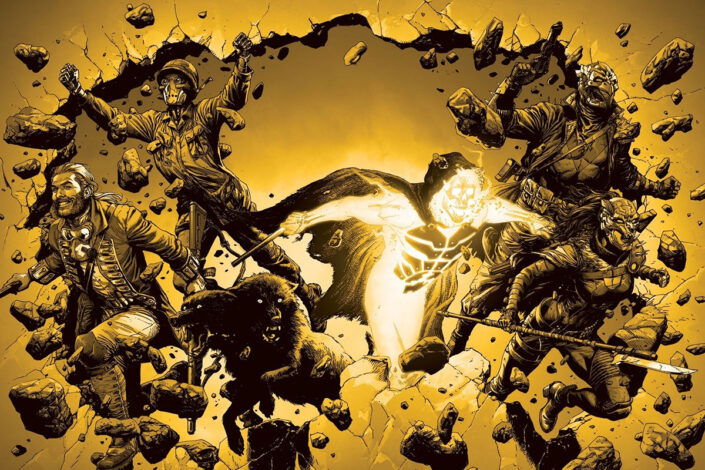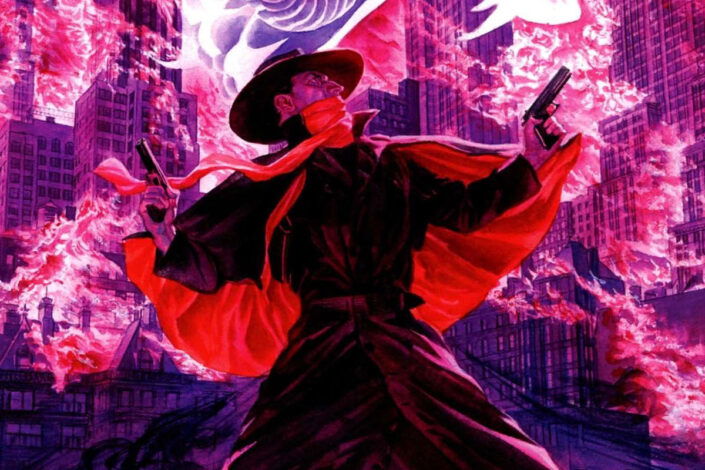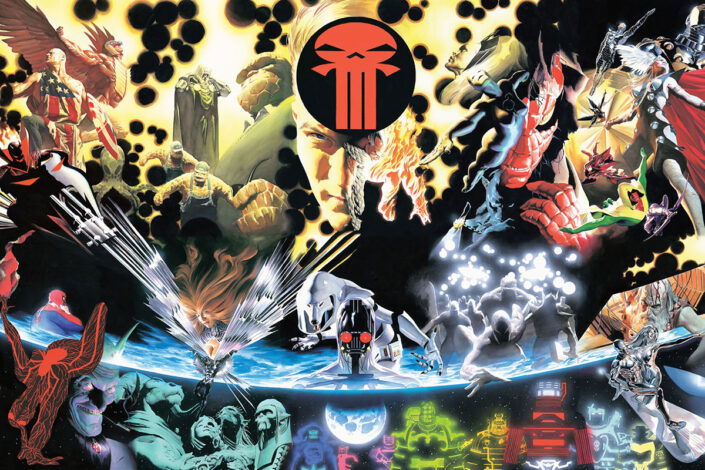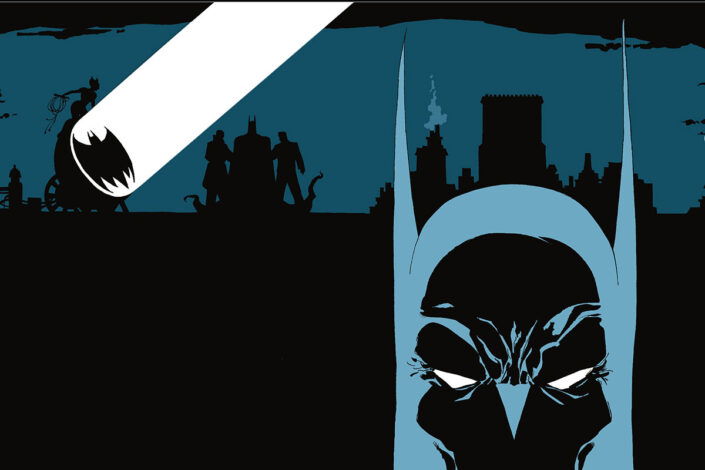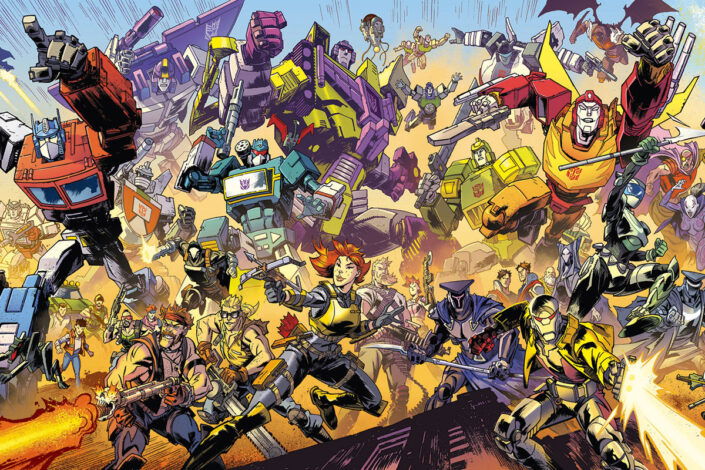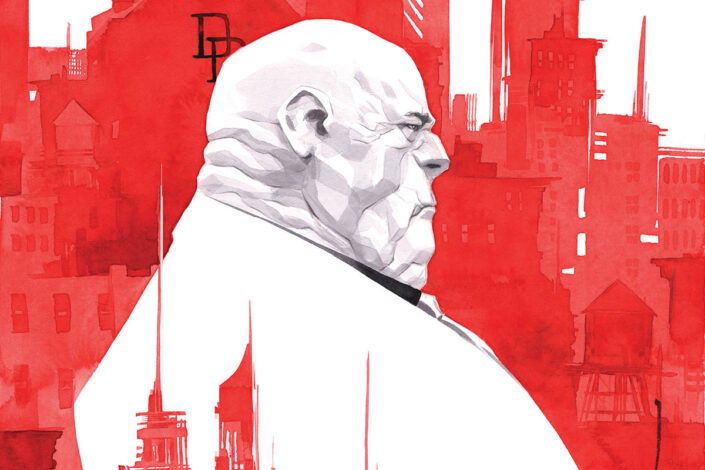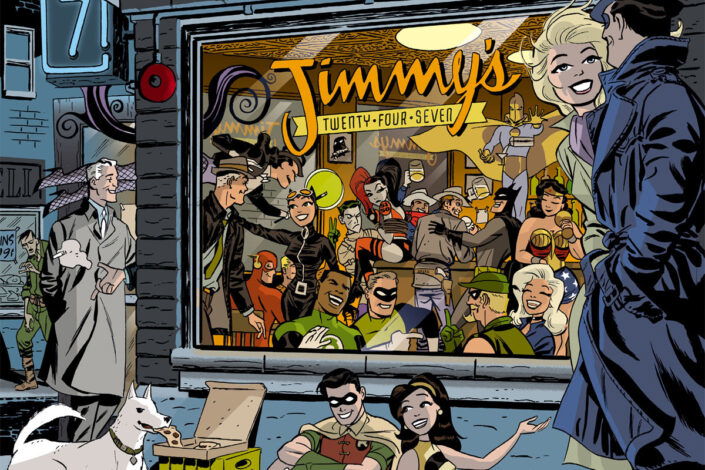Ghost Machine: Your Gateway to the new Creator-Owned Comics Universes (by Geoff Johns & Al.)
Many new universes have recently emerged in the comic book world! After the Massive-Verse and the Energon Universe, we’re now taking a look at the shared universes of the recently formed creator-owned company, Ghost Machine!
What is Ghost Machine?
Let’s talk business for a moment! In the early ’90s, seven of Marvel Comics’ most recognized illustrators left the company to found Image Comics, seeking ownership of their creations, better pay, and fairer treatment. As it is said, it changed the industry forever. Since then, Image Comics has published popular titles like The Walking Dead, Witchblade, Savage Dragon, Saga, Criminal, The Wicked + The Divine, Stray Bullets, Chew, Revival, and many more!
So, what does all of this have to do with Ghost Machine? Founded in October 2023, Ghost Machine is an independent studio, or if we want to be more specific, a creator-owned comic book creative studio. The creators own the company, the characters, and the universes together (as well as everything coming from it in other forms of media and merchandising). Image Comics is simply in charge of the promotion and distribution.
